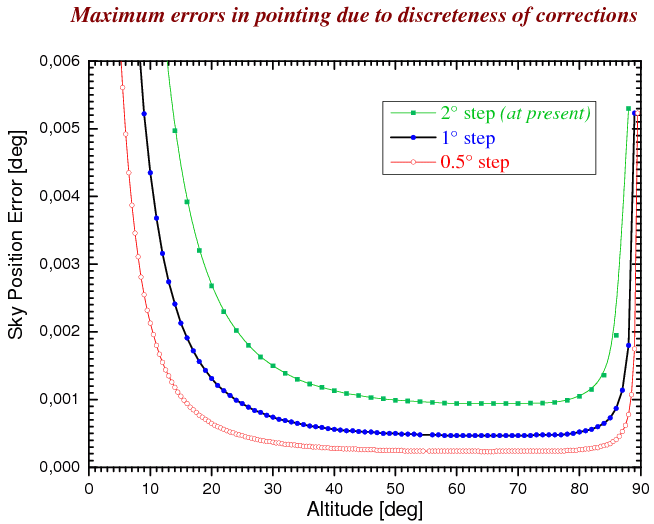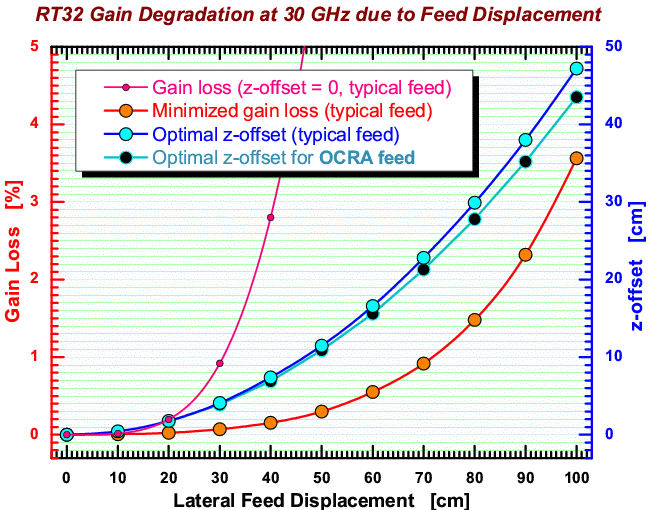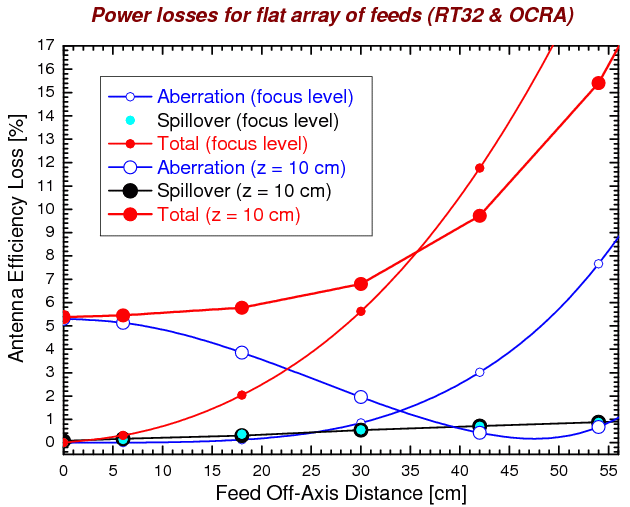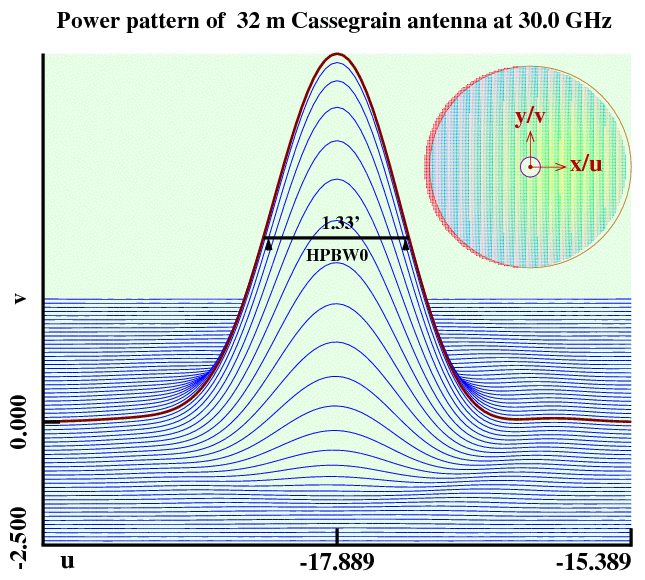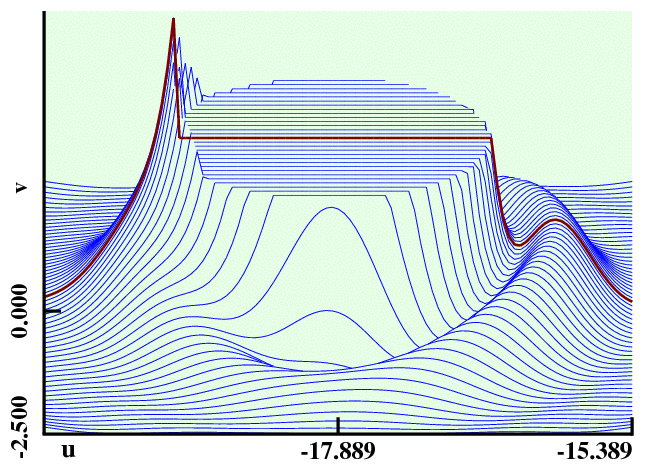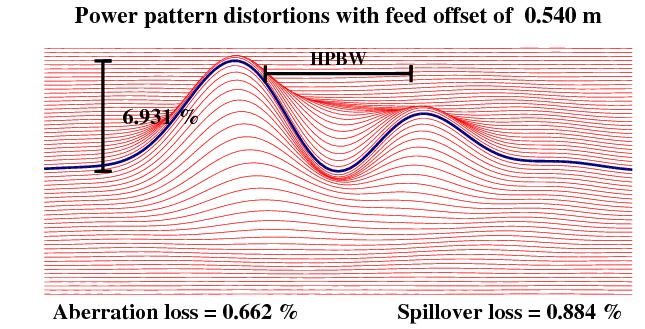Pointing Lookup Table
Corrections of nominal coordinates presently are done every 2° of azimuth and zenith distance using lookup table composed of corrections computed from the Model3 for odd number of degrees of the coordinates.
No interpolation:
↓
largest errors in pointing at knots of even values of the coordinates
expressed in integer degrees.
The green symbols on the plot below show the largest value of position errors (composed of errors in the two coordinates added quadratically) of all knots at each even degree of elevation (the missing off-scale errors for elevations close to horizon can be inspected in this complete figure of the previous report).
|
Presently this pointing error
does not exceed 0.001° for altitudes 50 to 78°.
With 0.5° step the error
will not exceed 0.001° for altitudes 15 to 88°.
Note: The higher errors at low elevations are due to rapid increase of corrections in zenith distance as one approaches the horizon. On the other end, for larger errors near the zenith responsible become fast growing corrections in the azimuth coordinate.
